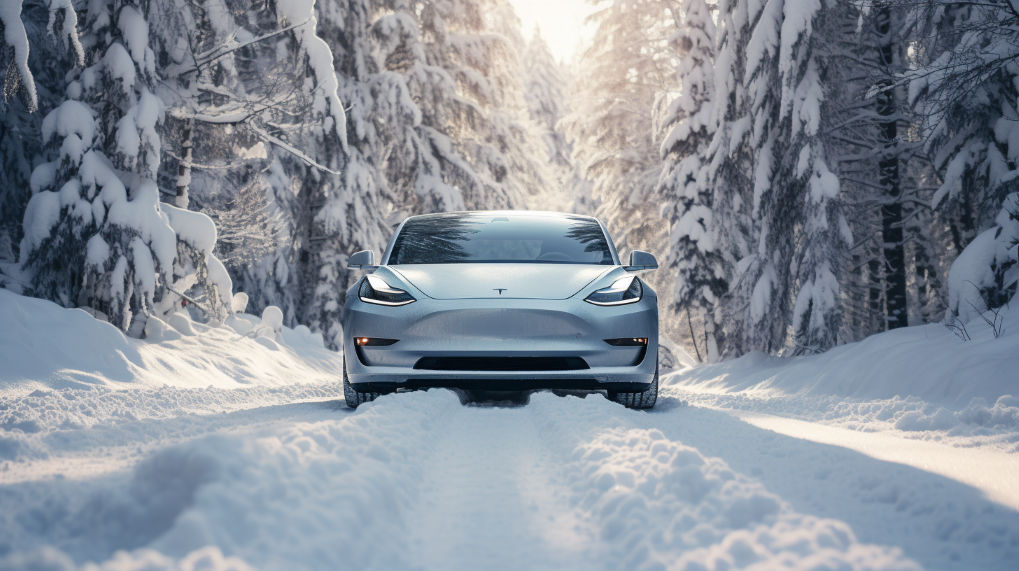A Closer Look at Electric Vehicle Performance in Winter
While electric vehicles (EVs) offer numerous benefits, they can be affected by cold temperatures in various ways, presenting unique challenges for drivers. From decreased battery performance and range to slower charging times and potential impacts on vehicle handling, cold weather can pose obstacles to optimal EV operation. However, it’s important to note that modern EV technology has evolved significantly to address these challenges.
Advances in battery thermal management systems, improved insulation, and more efficient heating systems have all contributed to enhancing cold weather performance in electric vehicles. Additionally, ongoing research and development efforts continue to push the boundaries of EV technology, with manufacturers striving to further mitigate the impacts of cold temperatures on EV operation. In this context, understanding the specific ways in which cold weather can affect EVs, along with the latest technological advancements aimed at overcoming these challenges, is essential for both current and prospective EV owners.
- Battery Range: In cold weather, the chemistry of the battery in electric cars doesn’t perform as efficiently, which means the car won’t be able to travel as far on a single charge compared to warmer conditions. This happens because the cold slows down the chemical reactions inside the battery that produce electricity. However, newer electric vehicles are equipped with advanced battery management systems that help maintain the battery’s temperature and optimize its performance in cold weather. Additionally, some EVs offer features like pre-conditioning, allowing drivers to warm up the battery before driving to minimize the impact on range.
- Heating Systems: Electric cars use electric heaters to warm up the cabin during cold weather, similar to how a heater works in your home. However, using the heater requires energy from the car’s battery, which can reduce the overall driving range. To address this, drivers can take advantage of pre-heating features that allow them to warm up the car while it’s still plugged in, using power from the charging station instead of the battery. This helps preserve the battery’s charge for driving.
- Regenerative Braking: Regenerative braking is a feature in electric vehicles that converts kinetic energy from braking into electrical energy to recharge the battery. In cold weather, icy or slippery road conditions can reduce the effectiveness of regenerative braking because there’s less friction between the tires and the road. As a result, the car may not be able to recapture as much energy during braking, which can slightly decrease overall energy efficiency.
- Tire Performance: Cold temperatures can affect tire performance, leading to reduced traction and grip on icy or snowy roads. Electric vehicles, like any other vehicle, can experience handling challenges in these conditions. However, using winter tires specifically designed for cold weather driving can significantly improve traction and stability, enhancing overall safety and performance in winter conditions.
- Charging: Cold weather can impact the performance of electric vehicle charging equipment, potentially leading to slower charging times. Extremely low temperatures can affect the conductivity of electrical components and cause charging cables to become stiff or brittle, making them less efficient. However, modern EV charging stations are designed to withstand a wide range of temperatures, and protective measures such as insulation and heating elements can be employed to ensure reliable charging performance even in cold weather.
Overall, while electric vehicles may face some challenges in extremely cold weather, advancements in technology and proactive measures by drivers can help mitigate these issues and ensure smooth operation in winter conditions. By understanding these factors and taking appropriate precautions, electric vehicle owners can continue to enjoy the benefits of electric transportation year-round.

